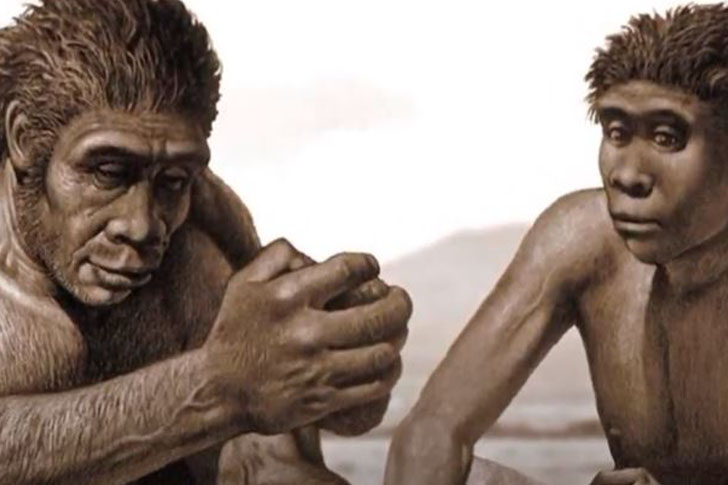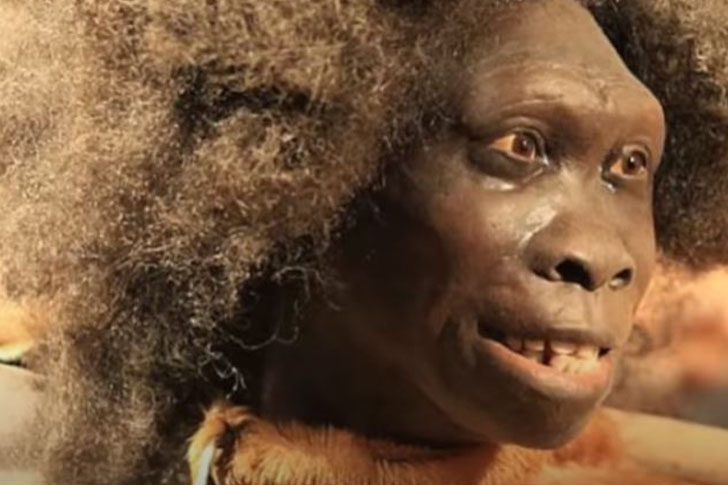Homo antecessor’s way of living

The Gran Dolina site also provided clues about how the Homo antecessor lived back in the day. Archaeologists dug up skeletons of several large animals, all of which would have been carried to the site intact. This encounter indicated that the ancient species did not operate with a lone man mentality. Instead, they worked together and ate together in order to survive.
It also seemed that the species would go out in groups to hunt and carry back their successful kills, showing that they had quite a sort of social structure: sharing their food and dividing up labor amongst each other. The Gran Dolina preserved an estimated 300 animal bones and 200 stone tools, and experts, to their credit, saw that the Homo antecessors ate animals such as mammoth, bison, zebra, wolves, wild boar, hyena, bear, and deer. The latter animal was the most common among the butchered remains.

